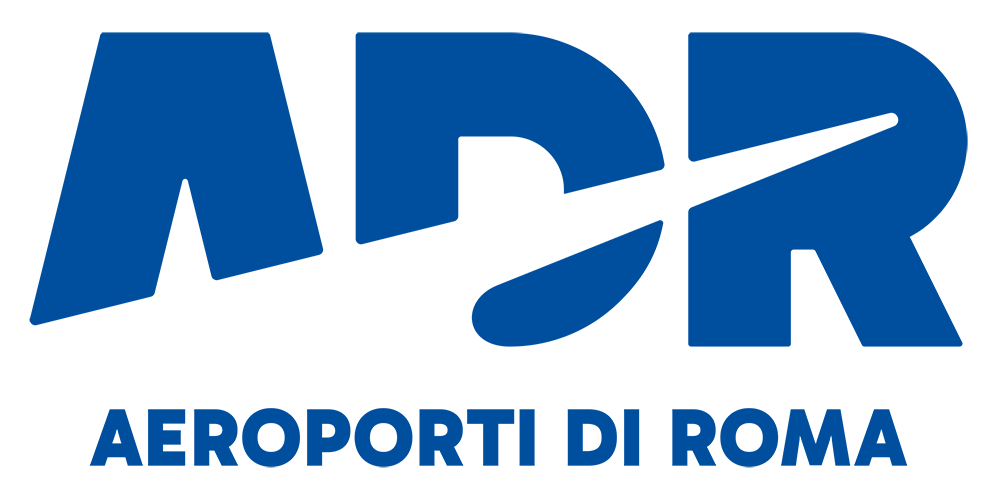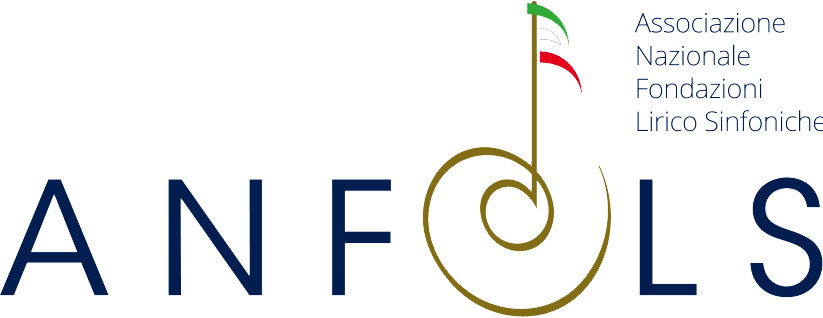by Giuliano Danieli
The following essay is taken from the column within Calibano #2 – Mefistofele/Posthuman, the cultural in-depth magazine of the Rome Opera House
Diva Plavalaguna is among the most famous sopranos in the history of cinema: she looks like a woman if you look at her face, but her skin is blue and long tentacles spread out from her body; she sounds like a human creature if you listen to her voice, but she is capable of superhuman virtuosity. When the curtain rises, she sings ‘Il dolce suono‘ from Lucia di Lammermoor, but in ‘meco t’assidi‘ she abandons Donizetti’s melody to launch into incredible vocalisations over a pop-electronic base. What does Luc Besson want to tell us by introducing this character and inserting this unusual singing performance – lasting an impressive five minutes – in The Fifth Element (1997)? What does Opera have to do with the film’s eccentric sci-fi settings? Besson suggests that there is a link between the absurd strangeness, transcendental difficulty and utter artificiality of Opera as an artistic genre, and the post-human universe of The Fifth Element. This notion must have struck audiences in the 1990s, if it is true that Diva Plavalaguna’s performance is among the film’s most celebrated moments. But it seems even more stimulating today, at a time when discussions, images and experiences around the post-human are multiplying, to the point that this word is used to indicate theories and phenomena of a very different nature, some of which are well represented in this issue of Calibano.
There are thus many ways of exploring the relationship between opera and the post-human, the most obvious of which is to focus on the subjects of some librettos. Not only Boito’s Mefistofele and the other creations linked to the Faust myth in its different variations (such as Faust by Ludwig Spohr [1816]; La Damnation de Faust by Hector Berlioz [1846]; Faust by Charles Gounod [1859]; Doktor Faust by Ferruccio Busoni [1925]; Historia von D. Johann Fausten by Alfred Schnittke [1995]; Faustus, the Last Night by Pascal Dusapin [2006]), but also works such as Mark Grey’s Frankenstein (2019), inspired by Mary Shelley’s Promethean novel; Leoš Janáček’s The Makropulos Affair (1926), which explores the loss of identity and will as a consequence of the annihilation of the greatest human limitation, namely death; or The Cunning Little Vixen by the same author (1924), in which some have identified a disintegration of the boundaries between the human and animal kingdoms.
A non-verbal dimension such as mise-en-scène can also contribute to establishing a connection between opera and the post-human. The most obvious example comes from La Fura dels Baus, a Catalan ensemble that has become a worldwide phenomenon in opera direction since the mid-1990s. Many of the La Fura’s productions investigate and challenge the boundaries of the individual, exploring the relationships between man and technology, man and environment, bodies and machines. It is not surprising that La Fura made its name in the opera world thanks to a hyper-technological and visionary production of La damnation de Faust (1999, Salzburg), in which the mixing of Faust, Mephistopheles and Marguerite into a new, science-fictional creature takes place (La damnation constituted for the ensemble the second chapter of a re-examination of Goethe’s text that began with the piéce F@aust 3. 0 [1997] and continued with the film Faust 5.0 [2001] and the opera Faust 5.1 by Gounod [2018]). La Fura’s iconic performances also include D.Q. Don Quijote (2000, Barcelona), a contemporary work with music by J. Luis Turina who futuristically reinterprets the myth of Don Quixote through a non-linear narration that distorts the perception of space and time, and of the boundaries between the real and the virtual. La Fura offers a multiple and mutable portrait of Don Quixote, deconstructing his identity, expanding and breaking down the boundaries of his humanity. Less extreme is the Ring created for Valencia and Florence (2007), which nevertheless appears linked to the post-human for its cyber imagery (it is a celebration of bodies between the human and the robotic), its environmental message and its reflection on the crisis of humanity, a repertoire of ideas and images that re-emerges in many subsequent productions created above all by Alex Ollé and Carlus Padrissa, who over time have become the true frontmen of the collective (e.g: Berlioz’s Les troyens [2009, Valencia], Karlheinz Stockhausen’s Sonntag aus Licht [2011, Cologne], Giuseppe Verdi’s Aida [2013, Verona], Richard Strauss’s Elektra [2014, Umeå], T.H.A.M.O.S. to music by Wolfgang Amadeus Mozart [2019, Salzburg]). In Fura’s wake, there is also the work of other artists dedicated to the operatic mise-en-scène, such as the Russian collective AES+F, which, with Fabio Cherstich, staged a Puccini’s Turandot set – in the director’s words – ‘in a society dominated by cyber-matriarchy and artificial intelligence’ in 2019. And far ahead there is Jay Scheib, who has directed in Bayreuth a recent and controversial Parsifal by Wagner, realised with the aid of augmented reality to create a post-apocalyptic universe generated by the imbalance between man and nature.
It is, however, perhaps on the sound (assuming it can and makes sense to isolate it from the rest) that the link between opera and the post-human emerges in the most interesting and surprising way. Musicologist Jelena Novak is among the few scholars to have addressed this topic. In Voices beyond Corporeality: Towards the Prosthetic Body in Opera (2012), she focused on Michel van der Aa’s One, a chamber opera for soprano, video and soundtrack from 2003: in it, the protagonist Barbara Hannigan interacts with an image of herself projected on a screen and with her own recorded voice, reproduced and manipulated electronically, with synchronies and asymmetries, overlaps and shifts that lead to the gradual blurring of the perception of the boundaries between her live and recorded performance, between the human and technology, between the natural and the artificial, between stage and screen. According to Novak, the work One transports us into a universe in which Barbara Hannigan’s identity is questioned, her body and voice explode and mingle with a prosthetic, ‘technologically augmented’ body and voice – that of Hannigan on video. A universe, we might say, post-human, like the one found in so many other works by van der Aa: After-Life (2006), Upload (2021), Sunken Garden (2018) and The book of Water (2022) are just a few of the Dutch composer’s works in which post-human concerns related to eternity and resurrection, memory and the digital survival of consciousness beyond the limits of corporeality, the loss of identity, the overcoming of anthropocentrism and the end of the Holocene, and the exchange between man and the environment emerge. Other examples that can be ascribed to post-human thought – such as Steve Reich and Beryl Korot’s Three Tales (2002) or Pamela Z’s Voices (2003) – are discussed by Novak in Postopera: Reinventing the Voice-Body (2015) and G Douglas Barrett in Experimenting the Human: Art, Music, and the Contemporary Posthuman (2023), studies from which emerges a tendency of post-human music and music theatre to relativise and rethink, especially through the contribution of technology, what have long been considered the essential traits and boundaries of the human, starting with the unambiguous relationship between body and voice. In other words, technology makes it possible to extend the boundaries and faculties of the singing body, and thus to destabilise pre-existing conceptions of the human and its relationship to the world.
The post-human also manifests itself in the trend of some contemporary operatic performances to build an unprecedented web of relationships between the here and the after-life. An example can be found in the ‘posthumous’ duet (as Carlo Cenciarelli defined it in The Limits of Operatic Deadness, 2016) between Angela Gheorghiu and Maria Callas: in a bonus track of Homage to Callas, Gheorghiu’s 2011 album, the Romanian soprano sings the Habanera from Bizet’s Carmen by interweaving her voice with that of a (re-mastered) Callas recording from 1961. The video of the performance, in which Gheorghiu is seen surrounded by screens where Callas’s image is projected, creates a shared space between the two sopranos and reinforces the idea of an ideal dialogue between the people alive and the dead, between liveness and death, between human and post-human. Some elements of this experience can be found in Dominique Gonzalez-Foerster’s Opera (QM.15) (2016), which, through the use of a hologram synchronised with the recorded voice of Maria Callas, creates the impression of a ghost-like appearance of the famous soprano; or in Marina Abramović’s 7 Deaths of Maria Callas (2020), in which Marina seems to become Maria at times, and vice versa. The fact that precisely the figure of Maria Callas, symbol par excellence of opera, has inspired experiences such as these speaks volumes about how strong the post-human potential of opera is. It is not ruled out that new technological supports and the refinement of artificial intelligence and the digital universe may one day allow an avatar of Callas to impersonate new roles, to sing in new operas: the potential of augmented reality, virtual reality and, above all, the Metaverse applied to opera still appears largely unexplored, promising and unsettling at the same time.
Giuliano Danieli holds a PhD in Musicology from King’s College London and is currently a postdoc researcher and lecturer at Sapienza University (Rome), specializing in the intersections between opera and cinema. He also works as a social media manager and videomaker at the Teatro dell’Opera di Roma.
Calibano is the new magazine of the Rome Opera House. Created as a space for in-depth analysis and debate around topical issues raised from the performances on the theater’s program and realized in collaboration with the publishing house effequ, the editorial project involves, every four months, the publication and distribution in Italian bookstores of a monographic volume dedicated to an opera title and a related theme, through the commissioning of essays, short stories and reviews by authoritative signatures.
You can buy Calibano on the effequ website at this link, in bookstores and at the Rome Opera House shop.
*The cover image was created by Merzmensch using Midjourney and DALL-E 3













